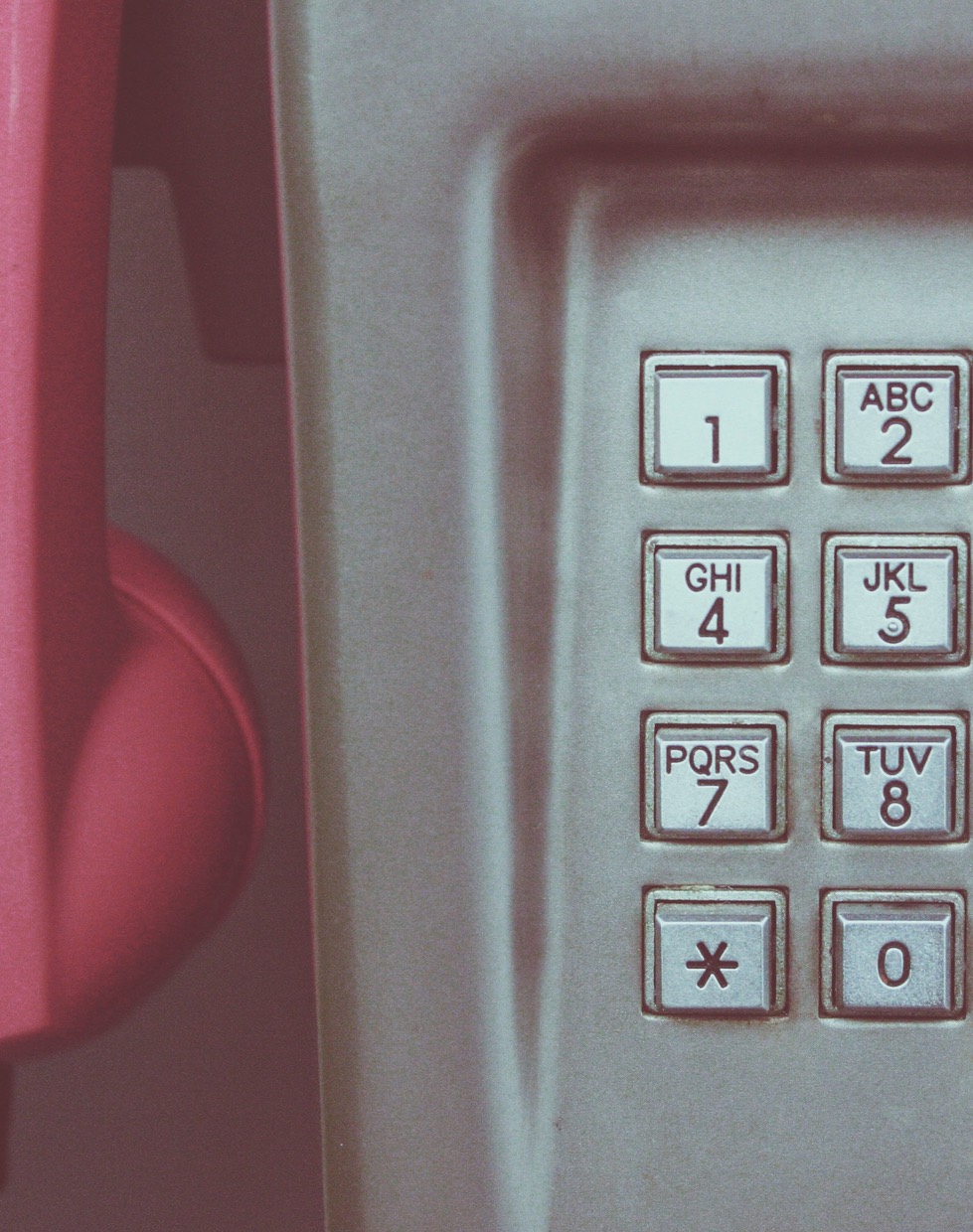How to master "campfire storytelling"

To me, the word storytelling conjures up iconic imagery of children gathered around a campfire, completely enraptured as someone weaves suspenseful tales that explore the things that go bump in the shadows.
The children sit with their eyes and mouths wide, forgotten marshmallows melting off their charred sticks over a sparkling fire … until, whack! The storyteller magnifies the tale’s climax with a supporting clap of her hands, and the children startle, shrieking with fear and pure enjoyment.
If you’ve ever sat through a campfire like that, you know that the feelings they invoke – joy, fright, excitement, togetherness – last long after the final kindling burns out. It’s a feeling that all content marketers wish to master. And I think it begins with those storytelling techniques we learn at the campfire.
So what can we grown-up marketers learn from these fireside tales?
Spark an idea that casts a wide glow. The best stories are the ones that capture an audience’s imagination, allowing them to take the details you provide and make it their own. For some, the monster may be a seven-foot-tall goliath. For others, it’s a scaly dragon lurking in the fog. Give your audience enough information to take your ideas and apply them to their own circumstances. You want to educate and entertain, but make your content flexible enough to fit as many situations as possible. Focus on creating content that resonates with a larger audience and has evergreen characteristics in order to get the most return.
[Tweet “How do you master “campfire storytelling”? #1: Spark an idea that casts a wide glow.”]
Do it with emotion. If you want to scare your audience, scare the pants off them. If you want to make them laugh, make them so hysterical that they cry. Even if your topic seems dry and straightforward, find the emotion in it, and use that emotion while you’re writing. Your audience will be able to tell if you have no emotional connection to your topic, and they will feel less connected in return.
[Tweet “”Campfire storytelling” requires emotion – from the writer, and the audience.”]
Listen to your audience scream. Or laugh. Or cry. Or angrily type on their keyboards. Absorb their feedback, and be open to it. The best stories are those that are shared, those that take on a life of their own after being passed from person to person. Your audience should feel like part of the storytelling process and should know that their response matters. And if you don’t get the response you were hoping for (crickets, anyone?), don’t be discouraged. Pause, eat a s’more or two, and weave a new tale.
[Tweet “How do you master “campfire storytelling”? #3: Listen to your audience scream.”]
Keep it burning. When you create a story that really connects with your audience, don’t let it go. Find a way to keep it alive, perhaps in another form or an extended format. Would your white paper work as a blog post? An infographic? A video? A series? What was it about that piece that elicited the strong response? Take those burning embers and start a new fire.
[Tweet “”Campfire storytelling” keeps your content burning, long after the s’mores run out.”]
Hopefully this sparks some new storytelling ideas for you. Let me know how it goes, and share your own favorite storytelling techniques below!
MORE ARTICLES
-
 What Is Your Private School’s Bold & Unifying Big Promise?
What Is Your Private School’s Bold & Unifying Big Promise? -
 Viewbook Best Practices for Private Schools
Viewbook Best Practices for Private Schools -
 AI Writing Prompts to Power Private School Storytelling
AI Writing Prompts to Power Private School Storytelling -
 How to Write a Magnetic Private School “About” Page
How to Write a Magnetic Private School “About” Page -
 The Ultimate Call-to-Action for Every Private School Marketing Situation
The Ultimate Call-to-Action for Every Private School Marketing Situation -
 How to Write a Compelling School Magazine Article People Want to Read
How to Write a Compelling School Magazine Article People Want to Read -
 4 Quick & Easy Ways to Improve Your School’s Emails
4 Quick & Easy Ways to Improve Your School’s Emails -
 How to Get School Blog Readers to Stick Around
How to Get School Blog Readers to Stick Around